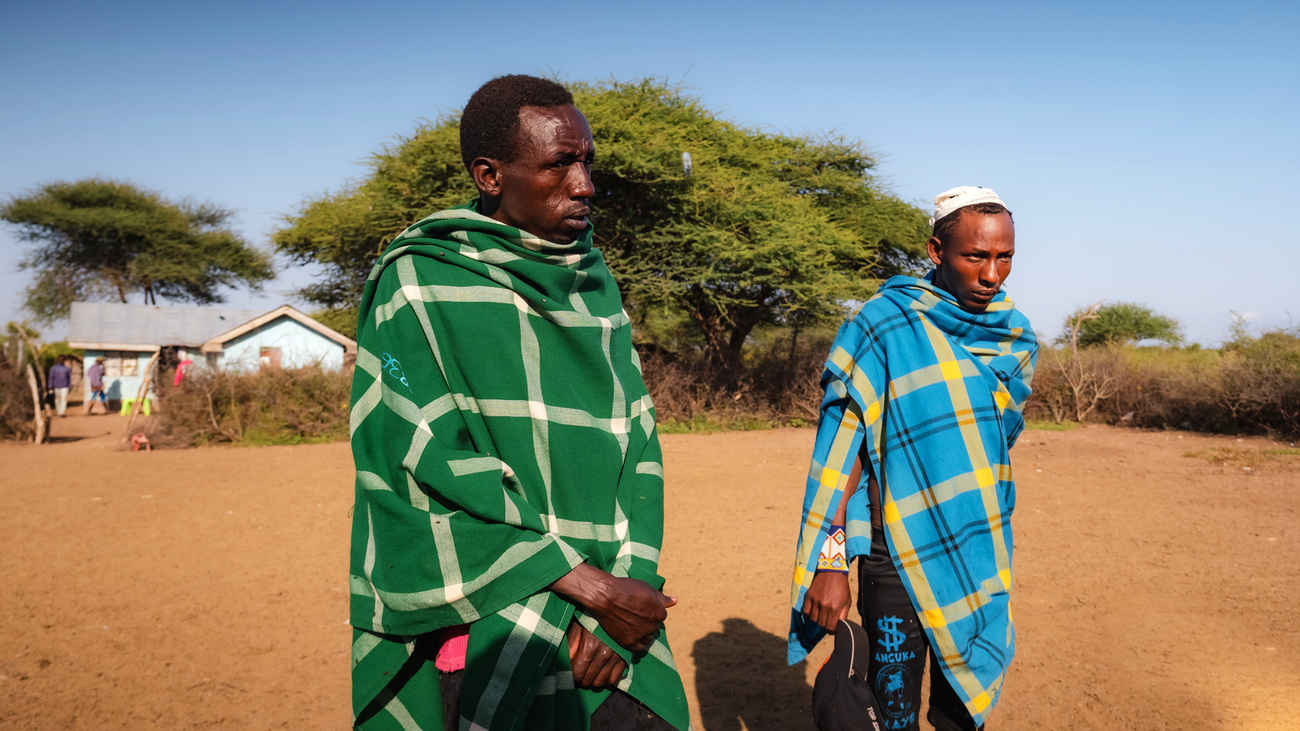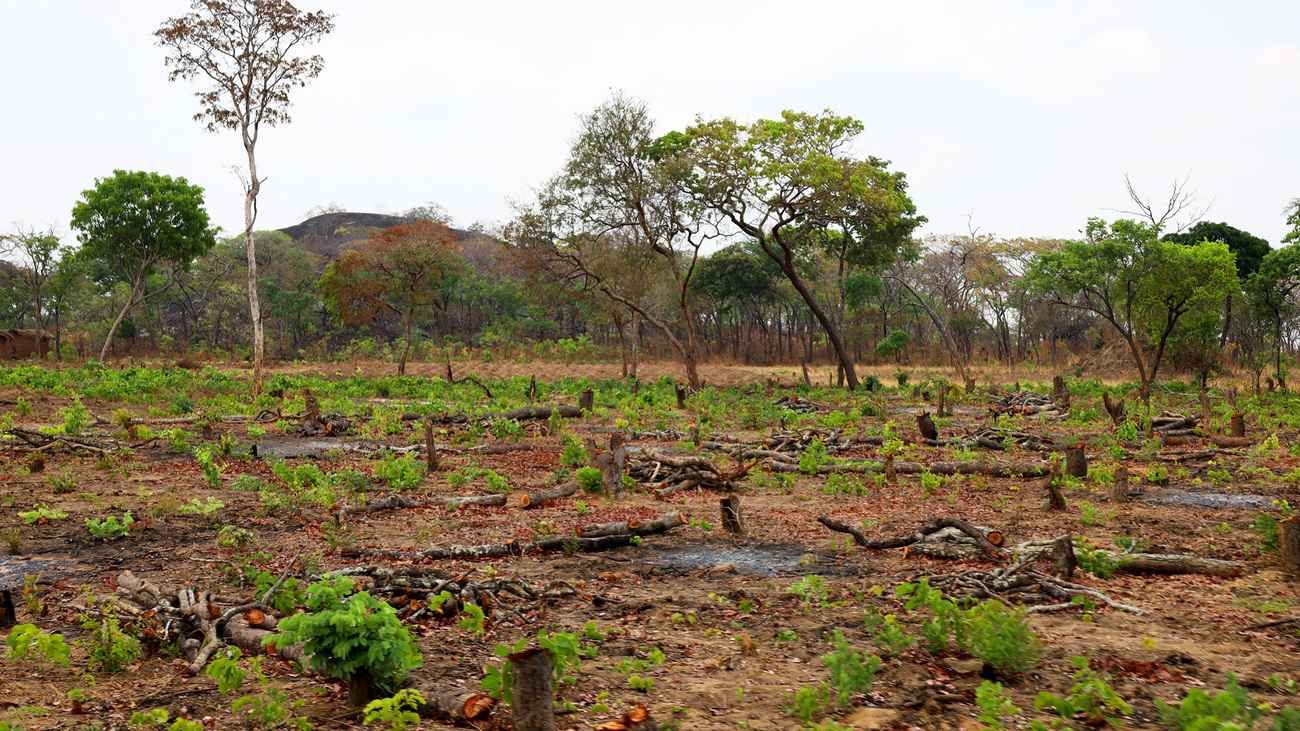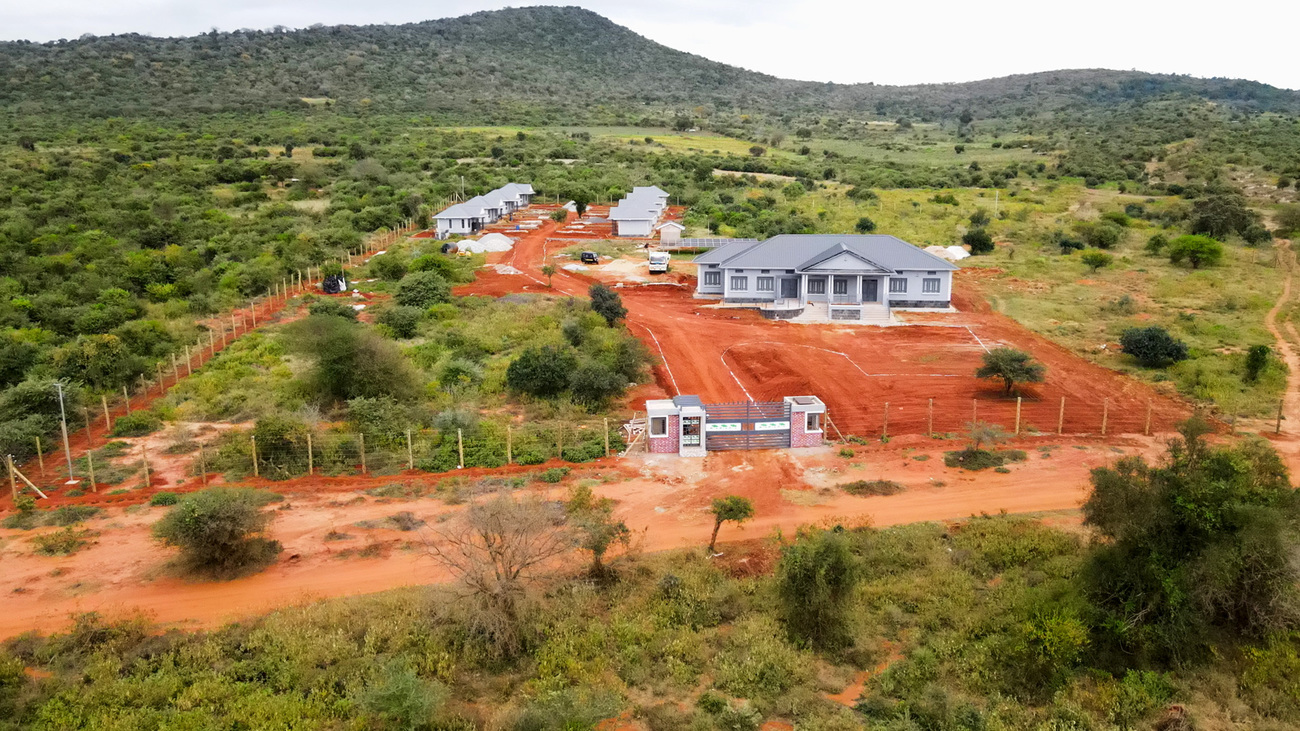Press releases
WhaleAlert: the app to help to protect whales
Read moreTourist businesses and governments have a moral obligation to community wildlife conservancies
by Edward Indakwa
Last May, Kenya Wildlife Service Director (KWS) Dr. Erastus Kanga proposed that communities that co-exist with wildlife be awarded a share of Kenya’s tourism revenue.
‘We are rooting for a formula for local communities to get 10% of the total revenue,’ Dr. Kanga said. ‘We will make this money the locals’ ‘“cow’ to milk.’ ‘Milking the cow’ is an analogy much beloved by the pastoralist Maasai with respect to benefits from wild animals that share vast landscapes with their livestock in Kenya and Tanzania.

This proposal, if implemented, would radically transform the future of tourism and wildlife—a sector that generated Sh460 billion (US$3.5 billion) for Kenya in 2024—and promote the fair and equitable sharing of biodiversity resource benefits in Africa.
Although most national parks on the continent were carved out of community lands by colonial governments, the host communities, mostly Indigenous peoples, hardly benefit from the revenues that accrue from tourism on their land.
Nothing illustrates this better than the fate of community wildlife conservancies, which, in Kenya, constitute 17.3% of the land surface. Despite the critical dispersal and migratory spaces and the room to roam they provide for wildlife in protected areas, the Kenya Wildlife Conservancies Association (KWCA) reports that in 2016, these conservancies earned only 1.39% of the total national tourism revenue. As of 2021, the report explains, only 69 of the then 160 community-owned conservancies owned tourism facilities. With a modest 2,510 beds and weak management capacity, these conservancies cannot compete with well-established tourist hotels.
This is unfortunate. Community conservancies, such as the IFAW-supported Kitenden and Illaingarunyoni in the Amboseli ecosystem, host unique wildlife, including endangered elephants, and offer magnificent views for tourism. The majority are, however, critically undeveloped and in dire need of resources to develop eco-tourism facilities, establish critical infrastructure such as roads and water supply, and set up systems for wildlife security, monitoring, and conflict management.

Awarding wildlife communities such as the pastoral Maasai 10% of Kenya’s total tourism revenue would, therefore, not just be a step towards righting a historical injustice. It would enable them to benefit from eco-tourism, diversify livelihoods, adapt better to droughts and climate change, and improve the general welfare of the community.
Other than providing a direct financial dividend for landowners and protecting habitats and wildlife, well-managed community conservancies can build and improve local schools and health facilities, fund education bursaries, and incentivise landowners to dedicate their land to wildlife dispersal and migration.
The need for community incentives cannot be overemphasised. Each year, hundreds of Kenyans are injured or killed by wildlife, crops are destroyed, and their livestock is preyed upon by big cats. Between January and March this year, for instance, KWS recorded 40 human deaths and 70 serious injuries resulting from wildlife attacks. Overall, they responded to 3,857 wildlife-related crop destruction and livestock predation incidents. It is only just and fitting that people in such communities benefit from wildlife tourism.
Understandably, politicians and community leaders from wildlife areas have, for years, been demanding a share of tourism revenue from national parks within their jurisdictions and regions. While this demand is justified given community contribution to conservation, it would gravely curtail KWS’ ability to provide critical services in areas where tourism is undeveloped.
According to the Auditor General, while KWS generated Sh8 billion, including government and donor grants, its total expenditure for 2023 was Sh9.7 billion, resulting in a Sh1.39 billion operating deficit. Contrary to local perception, KWS, like most state conservation agencies worldwide, is not a wealthy institution, and the costs of managing and protecting wildlife and people can be staggering.
Sharing 10% of total national tourism revenue with communities as opposed to splitting park fees with KWS is, therefore, a more viable and sustainable option. Further, it shifts the spotlight from the perceived ‘wealth’ of an inadequately resourced government institution safeguarding people and wildlife to businesses that earn from a resource they are not obliged to protect.

Tourism revenue aside, some argue the government should directly fund game scout activities and infrastructure development in nascent community wildlife conservancies, in the same way KWS receives an annual grant for wildlife security training and operations and road maintenance in protected areas.
Similar support for community wildlife conservancies, where wildlife is most vulnerable to poaching, would help advance government objectives in ecosystem management, wildlife conservation and protection, climate change mitigation, and rural development and poverty eradication.
Every problem has a solution, every solution needs support.
The problems we face are urgent, complicated, and resistant to change. Real solutions demand creativity, hard work, and involvement from people like you.
Unfortunately, the browser you use is outdated and does not allow you to display the site correctly. Please install any of the modern browsers, for example:
Google Chrome Firefox Safari